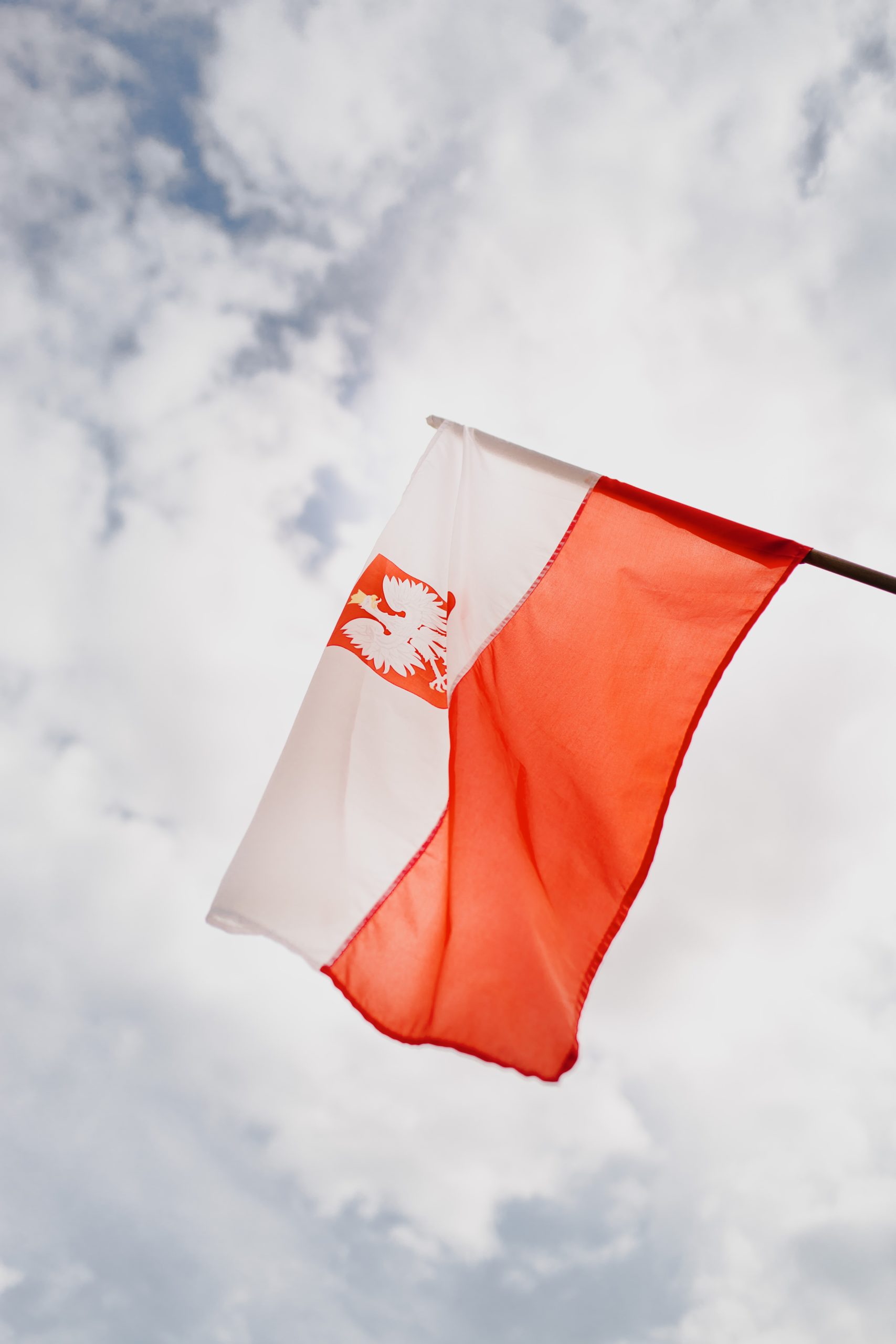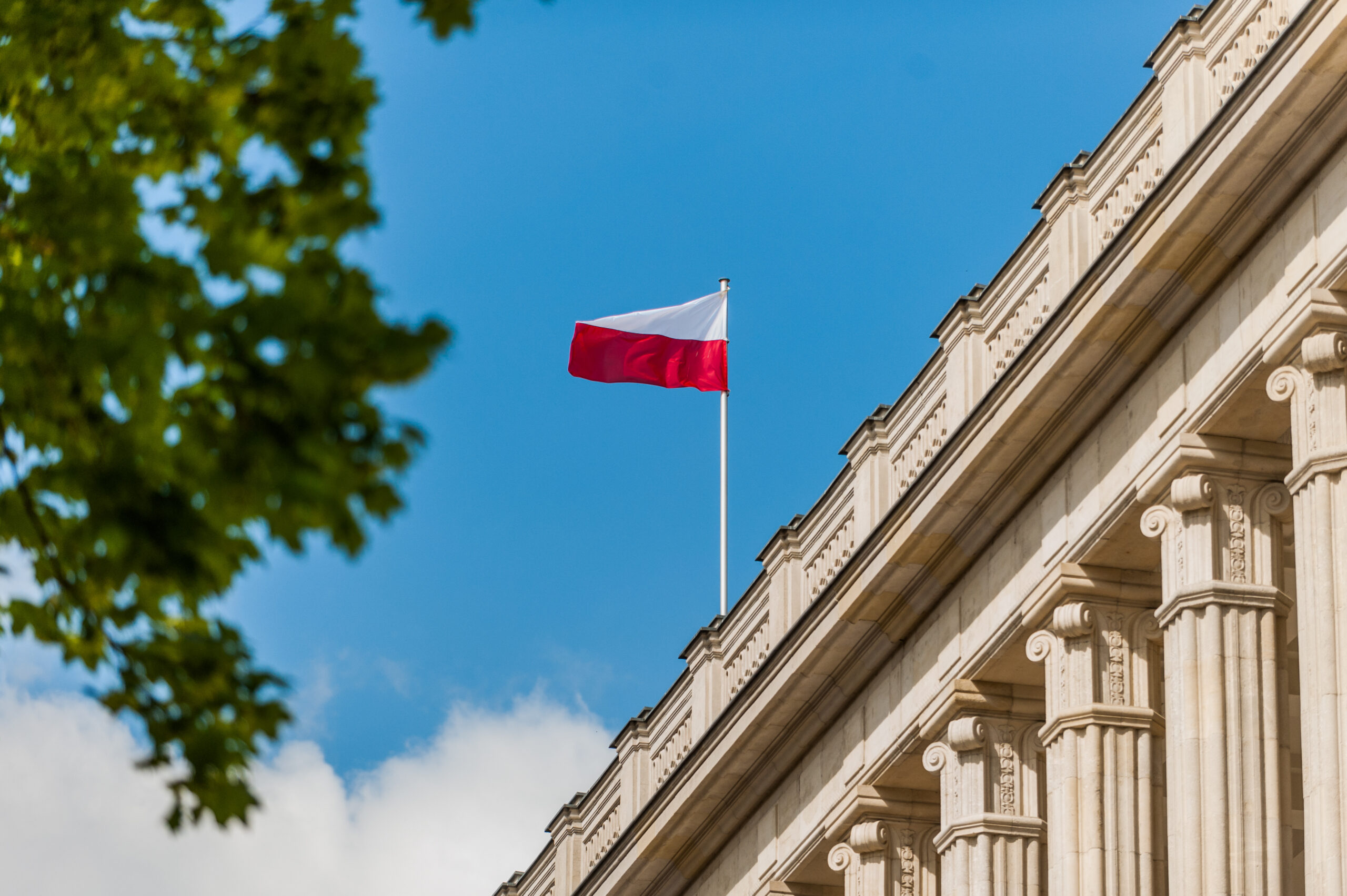The establishment of the borders of the Polish state after World War II and the consequent shape of the country can without much exaggeration be called an unprecedented event in the modern history of Europe. As a result of the agreements of the so-called Big Three in the summer of 1945, the territory of Poland was shifted by about one third to the west. Fixing the eastern border of the country on the so-called Curzon line meant leaving about 48% of interwar Poland behind. In return, the western territories bordering on the Neisse and the Oder were incorporated into Poland, as well as the Free City of Gdańsk and the western coastal cities reaching as far as Świnoujście. Minor adjustments to the borders still took place at the beginning of the 1950s, however, in the end Poland reduced its territory by 70,000 square kilometres, i.e. by around 20% compared to its area in the interwar period.
Consequences of a border change – what you should know?
The consequences of this shift in the borders can be considered on many levels: economic, political, and above all, social. The forced migrations affected millions of people: at least 9 million people of German nationality were displaced from their homes in Poland and Czechoslovakia, around 3 million people decided to repatriate from the eastern territories, which, until a few years ago, had been part of the Second Polish Republic. Consequently, it was the people from the borderlands who settled in the abandoned German houses. For example, Poles from Lwów, among others, arrived in Breslau, now called Wrocław, which belonged to Germany until 1945, and brought not only their possessions with them but also a university, a mayor, and a national museum. In turn, the German homes of Warmia and Mazury were forcibly settled by the Poles from south-eastern Poland, mainly of Ukrainian and Lemko nationality.Polish Citizenship application – why do legal changes matter?
What is important in the context of these events, are the accompanying political decisions, which were reflected in the legal sphere: in international agreements (conventions), normative acts of state bodies, and individual administrative decisions, which had to regulate the citizenship status of these millions of people on the move. The knowledge of the complex legal context of the post-war years, including the specificity of the documents produced basen on the legal regulations in force at that time, is essential for the search and determination of citizenship of people who emigrated from Poland during the Second World War.


